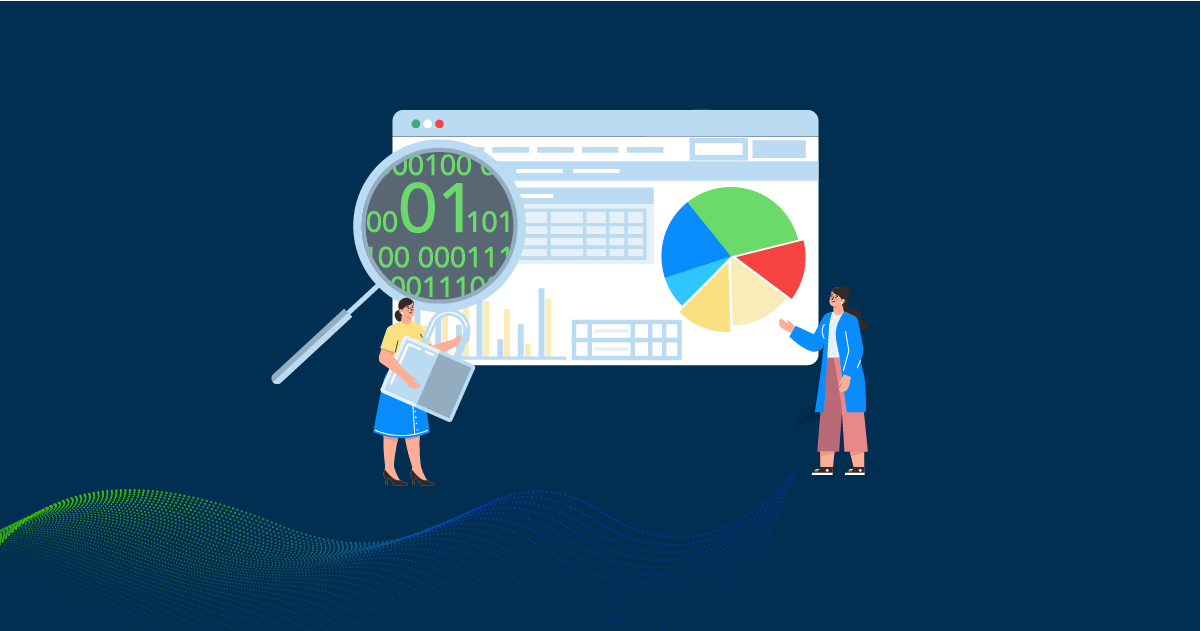A vulnerability management policy is a set of guidelines and procedures that organizations use to manage vulnerabilities that are identified. Vulnerability management is a process of identifying, assessing, prioritizing, and mitigating vulnerabilities to protect IT infrastructure from cyberattacks. A good vulnerability management tool can simplify this process.
Pre-planned vulnerability management policy stating the complete vulnerability management software will help IT admins protect organizational assets more accurately and ensure they comply with industry regulations. The following is an example of a customizable vulnerability management policy to meet your organization’s specific needs.
Tips for Drafting an Effective Vulnerability Management Policy
1. Purpose:
Every policy has its own purpose. In this case, defining a vulnerability management policy defines guidelines to help organizations avoid cyberattacks.
2. Scope:
This section includes to which (or) who this policy would be applicable. For example, a vulnerability management policy would apply to all the assets present in an organization and all the users responsible for managing or monitoring the vulnerabilities.
3. Vulnerability Scanning:
Vulnerability scanning is a process of identifying vulnerabilities in an IT environment. This policy should outline the frequency of vulnerability scans, the types of tools used, the time duration of scans, the person responsible for conducting scans, and more.
For example:
- The organization should conduct scans on a regular time period for all the organizational assets.
- It is mandatory that the organization only uses automated and continuous vulnerability scanning tools.
4. Vulnerability Assessment:
Vulnerability assessment is a process of analyzing vulnerabilities that are present. This section will define their exploitability level, their criticality, the likelihood of occurrence, and more.
For example:
The organization should go through CVSS scores and exploitability factors while assigning the severity level of vulnerability.
5. Vulnerability Remediation:
Vulnerability remediation is a process of fixing the vulnerabilities that are detected through deploying patches. We will discuss the time taken to remediate a vulnerability, whether it was a high-critical vulnerability and other such measures.
6. Response time:
Time is taken to respond to cyberattacks after it takes place. Therefore, Establish a policy that identifies an average time for a cyberattack or data breach to be resolved.
7. Reporting:
Reporting is an essential component of a vulnerability management platform. The policy should outline what the vulnerability report should consist of, such as the number of vulnerabilities detected, the number of high critical vulnerabilities, hosts affected, and many other things according to organization preference.
8. Adhere to Compliance:
Every organization is in requirement to adhere to organization compliance. The policy should outline the procedures for complying with industry regulations related to vulnerability management, such as HIPAA or PCI DSS.
9. Definitions:
State the meaning of keywords that are necessary for your vulnerability management process. Few examples: Vulnerabilities, patches, and abbreviation of HIPAA.
All the above key elements can be useful in achieving a strategic vulnerability management policy. Moreover, It helps organizations reduce the risk of cyberattacks, protect their assets, and comply with industry regulations. Regularly review and update the policy according to the latest cybersecurity trends.

